Lakers Andrew Bynum Plays in Finals despite knee injury
LA Lakers center Andrew Bynum played for 28 minutes in Game 1 of the NBA Finals last night, despite an ongoing knee injury. Bynum has been playing with torn cartridge in his right knee for more than a month. According to the LA Times, “Bynum had 2 1/2 ounces of fluid drained from his knee Monday, but the fluid returned about 12 hours later, causing his knee to swell up again.”
In 2008, Bynum has missed the NBA Finals because of a left knee injury. He wasn’t going to let that happen again. “It’s motivating for me,” Bynum said about playing through his injury. “I’m just going to keep going out there and playing as hard as I can, and whatever happens, happens.”
The knee joint is the largest joint in the body and is the junction of three bones: the femur (thigh bone or upper leg bone), the tibia (shin bone or larger bone of the lower leg), and the patella (kneecap). The patella is 2 to 3 inches wide and 3 to 4 inches long. It sits over the other bones at the front of the knee joint and slides when the knee moves. It protects the knee and gives leverage to muscles.
The ends of the three bones in the knee joint are covered with articular cartilage, a tough, elastic material that helps absorb shock and allows the knee joint to move smoothly.
A meniscus is a C-shaped piece of cartilage located in the knee joint. There are two in each knee joint. The menisci act as a buffer between the bones, protecting the joint. They serves as a shock-absorption system, assisting in lubricating the knee joint, and limiting the ability to over flex or extend the leg at the joint.
Meniscal tears are most commonly caused by twisting or over-flexing the joint and frequently happen during sports. Players may squat and twist the knee, causing a tear. Direct contact, like a tackle, may be involved.
The most common symptoms of meniscal tear are:
- Pain
- Clicking or popping (especially at the time of the injury)
- Stiffness and swelling
- Catching or locking of the knee
- The sensation of the knee “giving way”
- Decreased range of motion at the knee
Treatment depends on the severity of the tear. Small tears may only need “RICE” treatment (rest, ice, compression, elevation) to allow the cartilage to heal on its own. Non-steroidal anti-inflammatory medications like aspirin or ibuprofen may be added for pain relief. More serious tears usually require surgical treatment- usually done arthroscopically, where the torn cartilage is trimmed or repaired.
For more information:
| Resounding Health(tm) Torn Knee Cartilage |



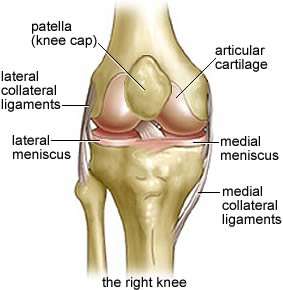
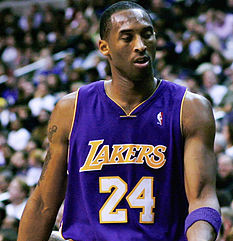



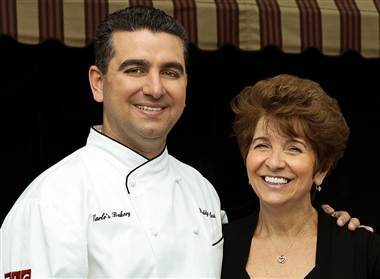










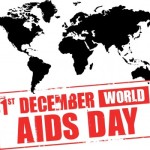
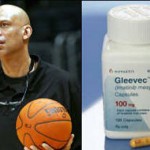


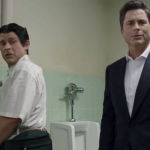




0 comments